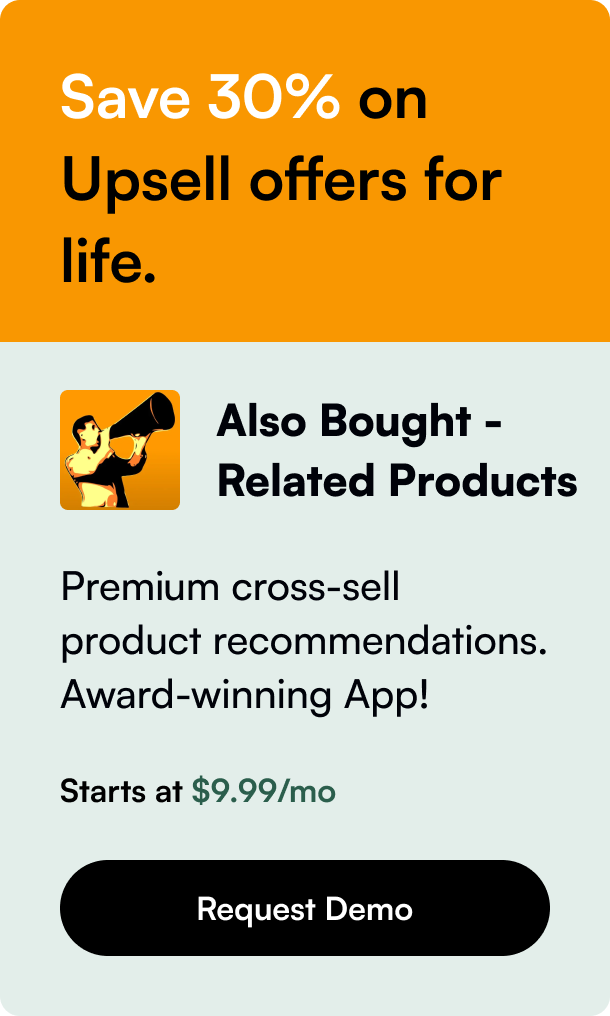Table of Contents
- Introduction
- What is Dropshipping, and Why Use Amazon?
- Establishing Your Shopify Storefront
- Marketing Your Dropship Business
- Managing Logistics and Operations
- Navigating Dropshipping Challenges
- Conclusion
Introduction
Imagine having the ability to run a business without the hassles of inventory, packaging, or shipping. Yes, dropshipping makes this possible, and platforms like Shopify and marketplaces like Amazon have made it increasingly accessible for entrepreneurs to dive into the eCommerce world. But how can you navigate this process to ensure profitability and smooth operations? This guide walks you through the nuances of dropshipping on Shopify utilizing Amazon’s vast product library.
Have you ever wondered if it's possible to start an eCommerce business without a warehouse full of products? Dropshipping on Shopify using Amazon might just be your ticket to this business realm. Let's delve into how you can start, manage, and profit from such an enterprise.
By the end of this blog post, you'll have a comprehensive understanding of the process and how to leverage the synergy between Shopify and Amazon to your advantage. Keep reading to uncover how this unique business model can work for you.
What is Dropshipping, and Why Use Amazon?
At its core, dropshipping is a retail fulfillment method where you don't keep products in stock. Instead, when you sell a product, it's purchased from a third party – like Amazon – and shipped directly to the customer.
The allure of Amazon as a dropshipping partner lies in its enormous product selection and established logistical excellence. With Amazon's extensive inventory, you can offer a wide range of products without the risk associated with purchasing inventory.
Establishing Your Shopify Storefront
Selecting Your Niche
The first step is identifying the right niche. It should strike a balance between your interest, demand, and market saturation. Research is key. Tools like Google Trends can provide valuable insights that will help shape your decision.
Shopify Account Creation
Once you've pinpointed a niche, you'll need to set up your Shopify store. Shopify offers a user-friendly platform with customizable themes to make your store visually appealing and reflective of your brand identity.
Product Acquisition from Amazon
For dropshipping with Amazon, use Amazon’s vast marketplace to find products aligned with your niche. Adding these products to your Shopify store will involve meticulous selection to ensure they fill the needs and wants of your target customers without violating any of Amazon’s policies.
Automation Tools
Incorporate tools that automate the process of syncing inventory and prices between Amazon and Shopify. Time is an asset, and automation tools can save you a great deal.
Marketing Your Dropship Business
SEO and Content Marketing
Create high-quality, SEO-rich content that will pull in organic traffic. Blogs, product reviews, and user guides can set your store apart and demonstrate your in-depth knowledge of your niche.
Social Media and Ads
Harness the power of social media and paid advertising to reach potential customers. Instagram, Facebook, and Pinterest are all platforms where visually appealing product promotions can attract an audience.
Customer Service Excellence
Offer unmatched customer service. Quick responses to queries and handling concerns efficiently can positively influence your brand reputation and encourage customer loyalty.
Managing Logistics and Operations
Dealing with Orders
Promptly process orders by purchasing the chosen products from Amazon after a customer has placed an order on your Shopify store. Accurate order details and timely purchase submissions are integral to timely deliveries.
Handling Returns and Customer Issues
Having a clear return policy and a customer-first approach to resolving issues can greatly help maintain credibility and trust with your customers.
Navigating Dropshipping Challenges
Dropshipping is not without its challenges. From supplier reliability issues to price changes and shipping delays, you must be ready to adapt and find quick resolutions to these inevitable obstacles.
Conclusion
Launching a dropship business on Shopify using Amazon as your supplier can be a low-entry threshold to the world of eCommerce. With dedication, ongoing learning, proactive problem-solving, and an unwavering focus on customer satisfaction, you can grow a successful dropshipping business.
FAQ Section
Q: Is it necessary to inform customers that I am dropshipping?
A: Transparency is vital. While not obligatory, informing customers helps manage their expectations regarding shipping times and return processes.
Q: Can dropshipping be automated?
A: Yes, various aspects of dropshipping, such as order fulfillment and inventory management, can be automated with tools available for Shopify users.
Q: How do I handle returns when dropshipping?
A: Establish a clear returns process with your supplier and communicate this policy upfront to your customers.
Q: What are the biggest risks of dropshipping?
A: Stock availability, supplier errors, and shipping delays are some risks. Diversifying products and suppliers can mitigate these risks.
Q: How profitable is dropshipping?
A: Profit margins vary, but dropshipping can be highly profitable with the right products, effective pricing strategies, and efficient marketing.








